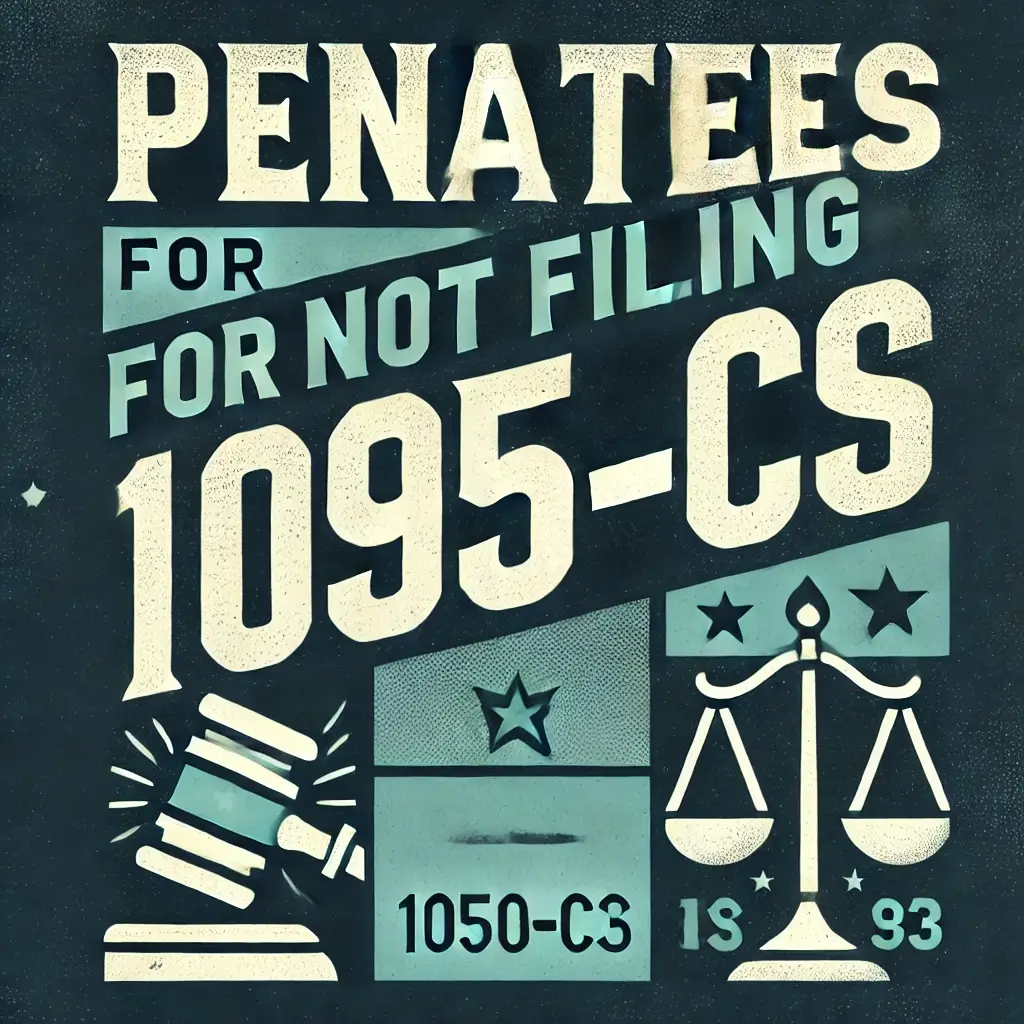Navigating the complexities of the Affordable Care Act (ACA) can be challenging for businesses, especially when it comes to 1095 filings. If you’re classified as an Applicable Large Employer (ALE), it’s crucial to understand your responsibilities to stay compliant and avoid penalties. Below, we answer some common questions about ALE obligations related to 1095 filings.
Q&A Section
1. What is an Applicable Large Employer (ALE)?
An ALE is a company that averaged at least 50 full-time employees, including full-time equivalent employees, during the previous calendar year. This classification carries specific obligations under the ACA, including offering health insurance to full-time staff and reporting coverage information to the IRS.
2. What are the 1095 filing requirements for ALEs?
ALEs must file Form 1095-C for each full-time employee, detailing the health insurance coverage offered. Additionally, Form 1094-C, which summarizes the 1095-C forms, must be submitted to the IRS. These forms report whether you offered affordable health coverage that provides minimum essential coverage and meets the minimum value standard.

3. When are the 1095 forms due?
- To Employees: You must furnish Form 1095-C to your full-time employees by January 31st.
- To the IRS: If filing by paper, submit Forms 1094-C and 1095-C by February 28th. If filing electronically, the deadline is March 31st.
4. What information must be included in Form 1095-C?
Form 1095-C should include:
- Employee and employer identification information
- Details about the health coverage offered each month
- The lowest-cost premium available to the employee
- Months when the employee was enrolled in coverage
- Any safe harbor codes or relief options applicable
5. What are the penalties for non-compliance?
Failing to file correct information returns or furnish correct statements to employees can result in penalties ranging from $50 to $280 per form, depending on the delay and intent. The IRS may also impose additional fines for willful neglect or intentional disregard of the filing requirements.
6. How can ALEs ensure compliance with 1095 filing requirements?
- Maintain Accurate Records: Keep detailed records of employee hours, offers of coverage, and enrollment.
- Stay Informed: Regularly review IRS guidelines and updates related to the ACA.
- Consult Professionals: Work with tax advisors or insurance consultants who specialize in employer health plans.
- Utilize Software Solutions: Consider using ACA compliance software to manage and automate reporting tasks.
Conclusion
Understanding your responsibilities as an ALE is essential for compliance and financial well-being. By staying informed and proactive, you can navigate the complexities of 1095 filings with confidence.
For an instant employer benefits insurance quote, visit: https://carvofinancialgroup.com/employee-benefits/

